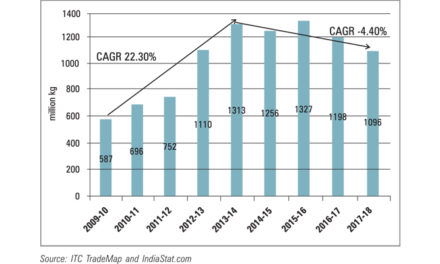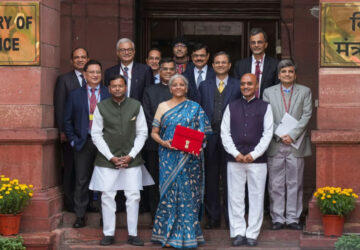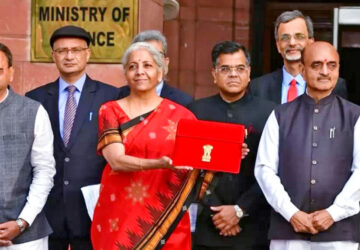 After experiencing a 41 percent increase in India’s textile and apparel exports to $44.4 billion in 2021-22, the surge in cotton and yarn costs has resulted in a demand decline of at least 10 percent so far this fiscal year. Because raw material prices are excessively high, demand has dwindled in the first two months of the fiscal year.
After experiencing a 41 percent increase in India’s textile and apparel exports to $44.4 billion in 2021-22, the surge in cotton and yarn costs has resulted in a demand decline of at least 10 percent so far this fiscal year. Because raw material prices are excessively high, demand has dwindled in the first two months of the fiscal year.
Almost all of the leading textile companies had a gain in sales in the previous financial year. The pandemic had little impact on India’s industry last year. Even small and medium-sized businesses have done well. The majority of the increase came from the United States, which accounted for 27 percent of India’s textile and apparel exports in the previous fiscal year, followed by the European Union (18 percent), Bangladesh (12 percent), and the United Arab Emirates (UAE) (6 percent).
The price of cotton in India has more than doubled to cross Rs 100,000 mark per candy during the current financial year, leading to an increase in yarn prices. The industry had approached the government seeking a ban on the futures trading of cotton and restrictions on cotton and yarn exports. AEPC also blamed the Ukraine crisis that resulted in a rise in energy prices as one of the major reasons for the dip in demand from the US and Europe this year.
Meanwhile, the Reserve Bank of India (RBI) recently increased policy repo rates by 50 basis points, from 4.50 percent to 4.90 percent, with immediate effect. The decision was made primarily to ensure that inflation stays within the target range. Already, a slew of issues such as increased Cotton yarn prices, geopolitical tensions, and sanctions, as well as fuel price increases in other Countries, have impacted the export business and buyers are hesitant to increase prices for orders. At this critical juncture, an increase in interest rates by banks will have a further negative impact on MSMEs survival
Read Full Magazine
 After experiencing a 41 percent increase in India’s textile and apparel exports to $44.4 billion in 2021-22, the surge in cotton and yarn costs has resulted in a demand decline of at least 10 percent so far this fiscal year. Because raw material prices are excessively high, demand has dwindled in the first two months of the fiscal year.
After experiencing a 41 percent increase in India’s textile and apparel exports to $44.4 billion in 2021-22, the surge in cotton and yarn costs has resulted in a demand decline of at least 10 percent so far this fiscal year. Because raw material prices are excessively high, demand has dwindled in the first two months of the fiscal year.












